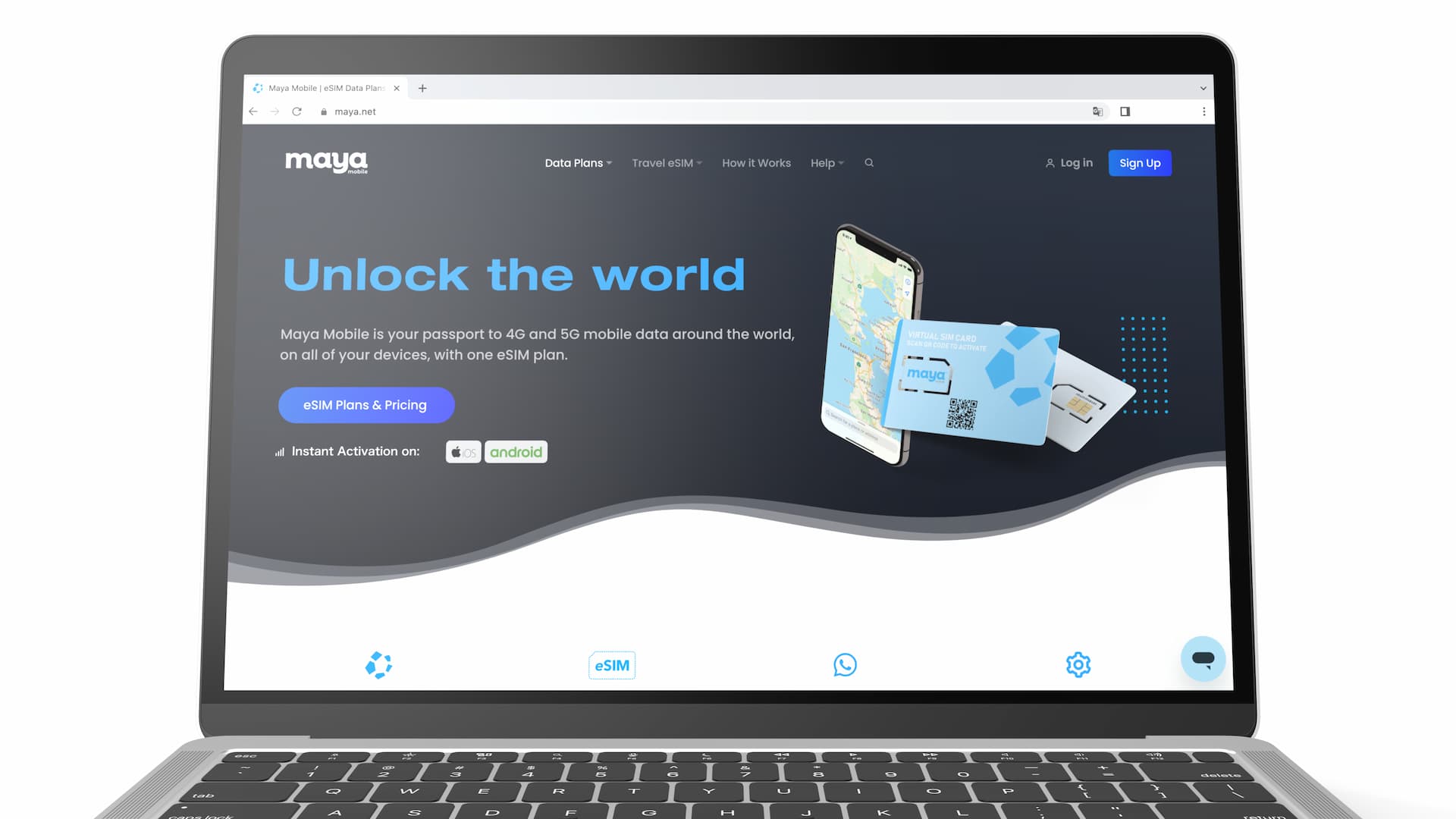Maya Mobile is your passport to 4G and 5G mobile data around the world, on all of your devices, with one eSIM plan. All plans include Wi-Fi Hotspot and instant online activation on eSIM compatible devices.

Maya Mobile is your passport to 4G and 5G mobile data around the world, on all of your devices, with one eSIM plan. All plans include Wi-Fi Hotspot and instant online activation on eSIM compatible devices.
Promo Code
Maya Mobile eSIM Data Plans for Nauru
How To Buy
How to buy and activate Maya Mobile eSIM
Frequently Asked Questions
Does Maya Mobile offer unlimited data eSIM for Nauru?
Maya Mobile does not offer an unlimited data eSIM for Nauru. All eSIMs sold by Maya Mobile for Nauru are fixed data plans. The largest allowance presently available is 3GB, which can be purchased for validity periods ranging from 1 day up to 30 days. For instance, a 3GB plan that is valid for 1 day costs $164.99 USD, while a 3GB plan that is valid for 30 days costs $169.99 USD. Selecting a fixed data plan can be more cost‑effective unless a user requires an extremely high data volume.
Does Maya Mobile offer Nauru eSIM with phone number and SMS?
Maya Mobile does not provide a Nauru eSIM plan that includes a phone number or SMS capability. The available Nauru plans from Maya Mobile are data‑only, so travelers must rely on data‑connected VoIP services such as WhatsApp, Telegram, or iMessage for phone calls and messaging.
How many data plans does Maya Mobile offer for Nauru?
Maya Mobile offers 16 single‑country data plans for Nauru. The plans are priced between $58.99 and $184.99, with data caps ranging from 1 GB to 3 GB, and validity periods from 1 to 180 days. All plans provide fixed data amounts, and some allow tethering.
Summarized by Gen AI. Last updated:





